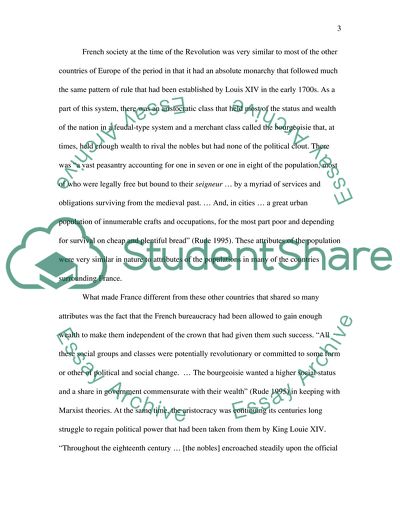Cite this document
(The Bourgeoisie Success in the Noble Class Term Paper, n.d.)
The Bourgeoisie Success in the Noble Class Term Paper. Retrieved from https://studentshare.org/history/1571341-historiographical-essay-modern-europe-1500-1800
The Bourgeoisie Success in the Noble Class Term Paper. Retrieved from https://studentshare.org/history/1571341-historiographical-essay-modern-europe-1500-1800
(The Bourgeoisie Success in the Noble Class Term Paper)
The Bourgeoisie Success in the Noble Class Term Paper. https://studentshare.org/history/1571341-historiographical-essay-modern-europe-1500-1800.
The Bourgeoisie Success in the Noble Class Term Paper. https://studentshare.org/history/1571341-historiographical-essay-modern-europe-1500-1800.
“The Bourgeoisie Success in the Noble Class Term Paper”, n.d. https://studentshare.org/history/1571341-historiographical-essay-modern-europe-1500-1800.


